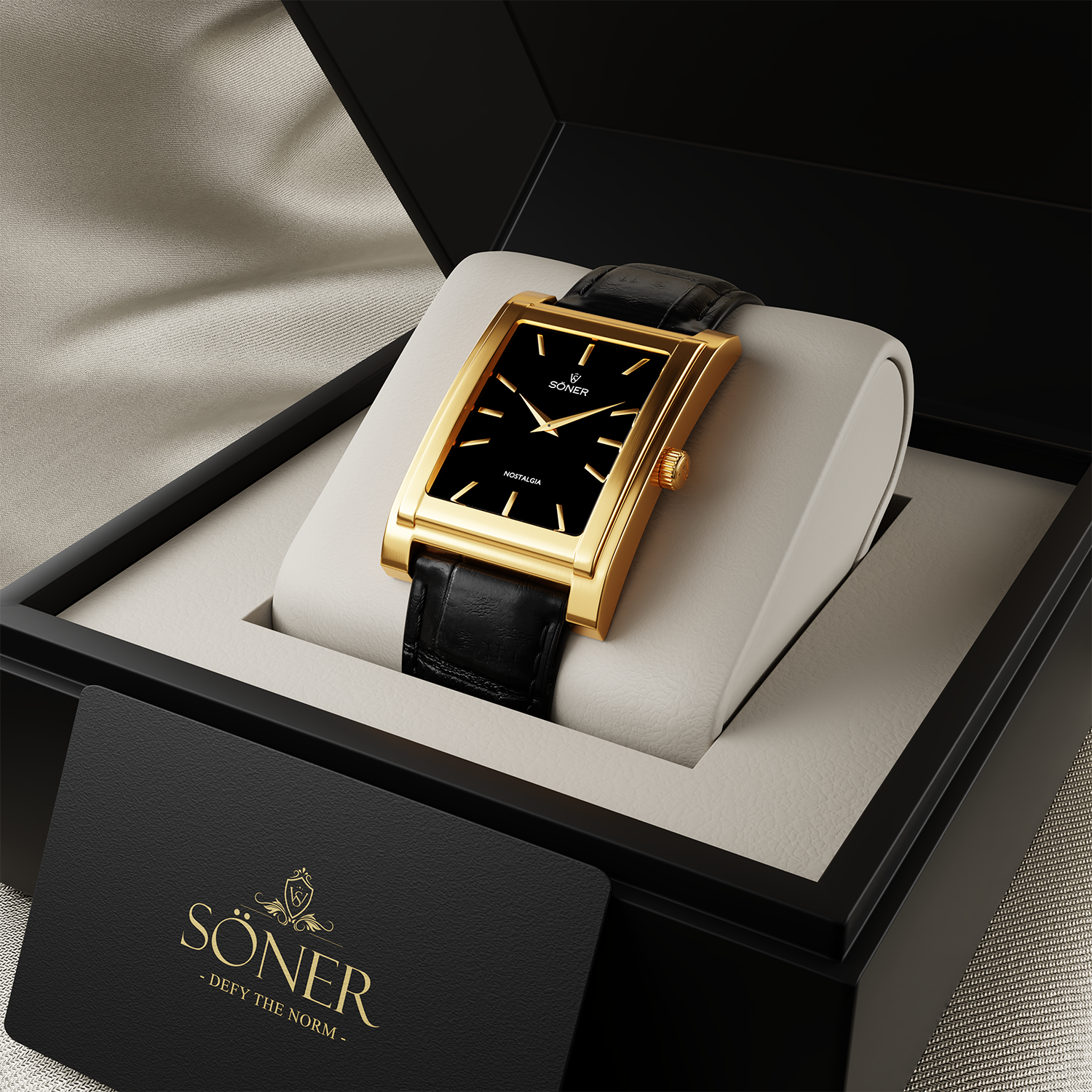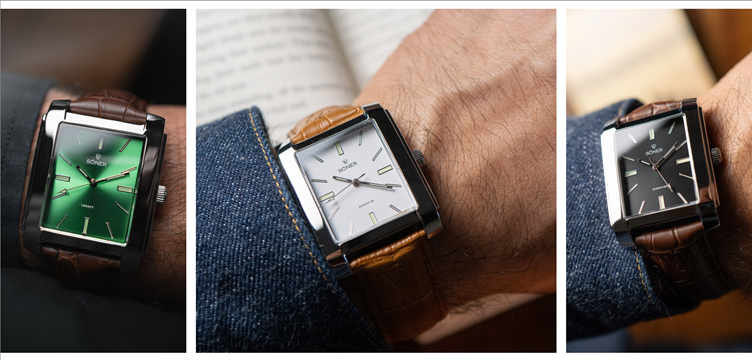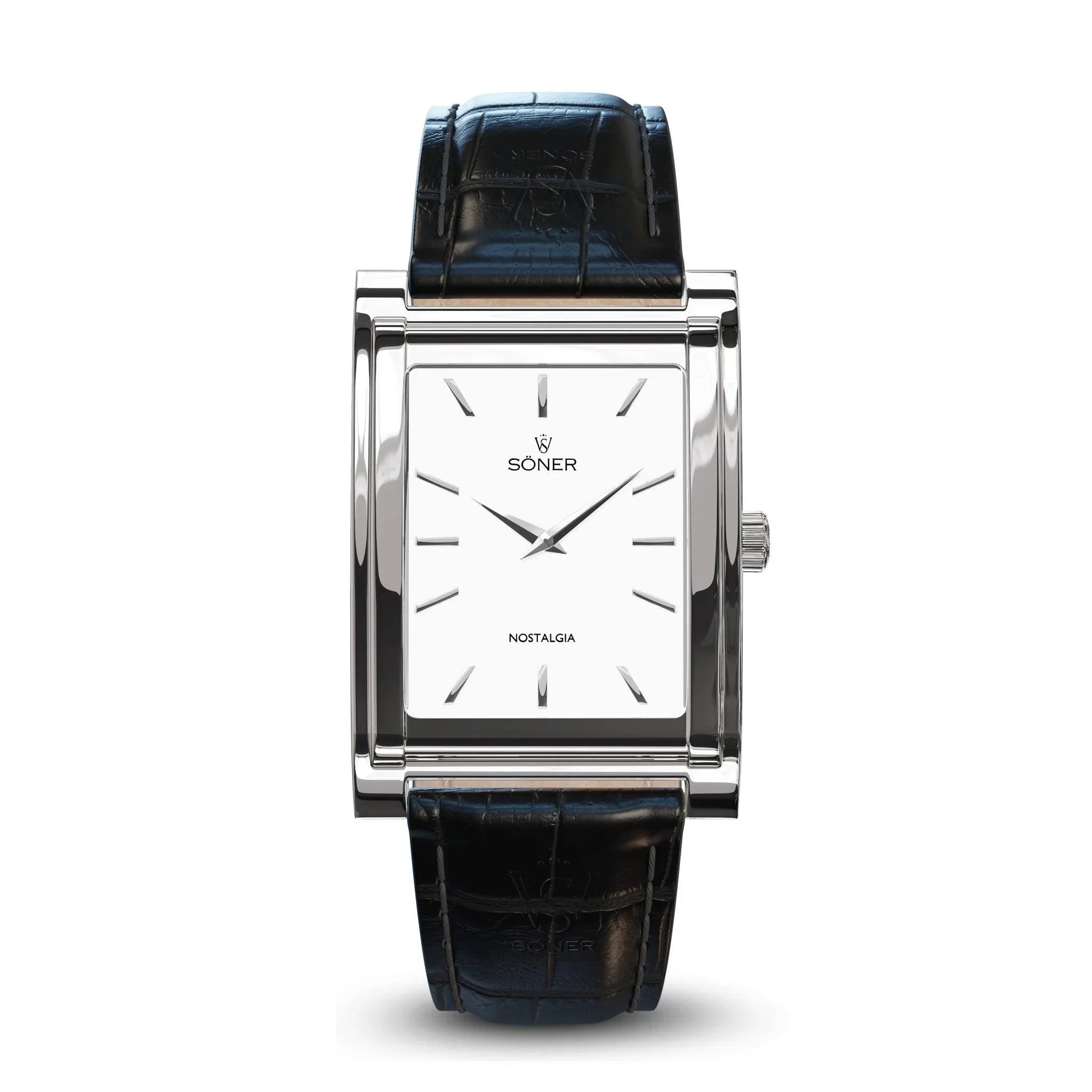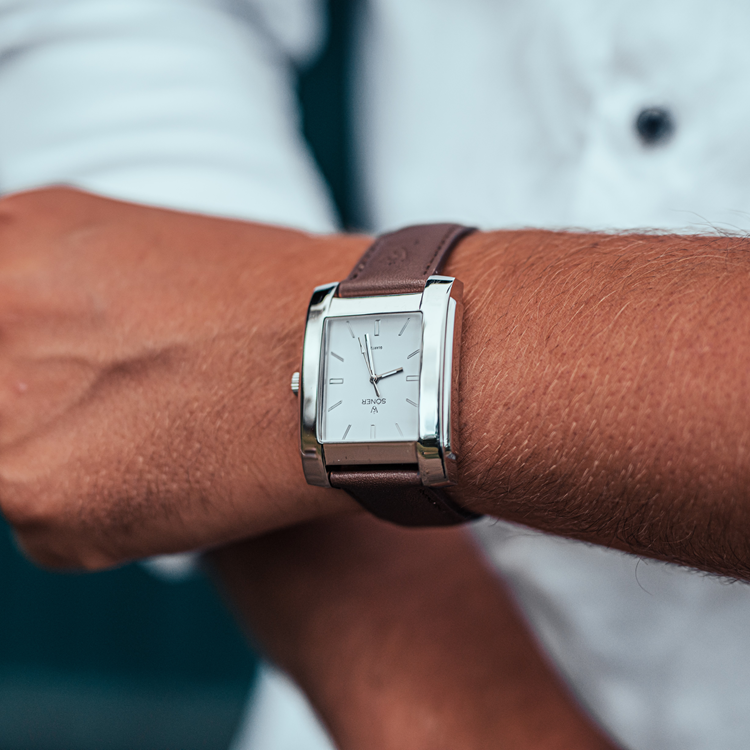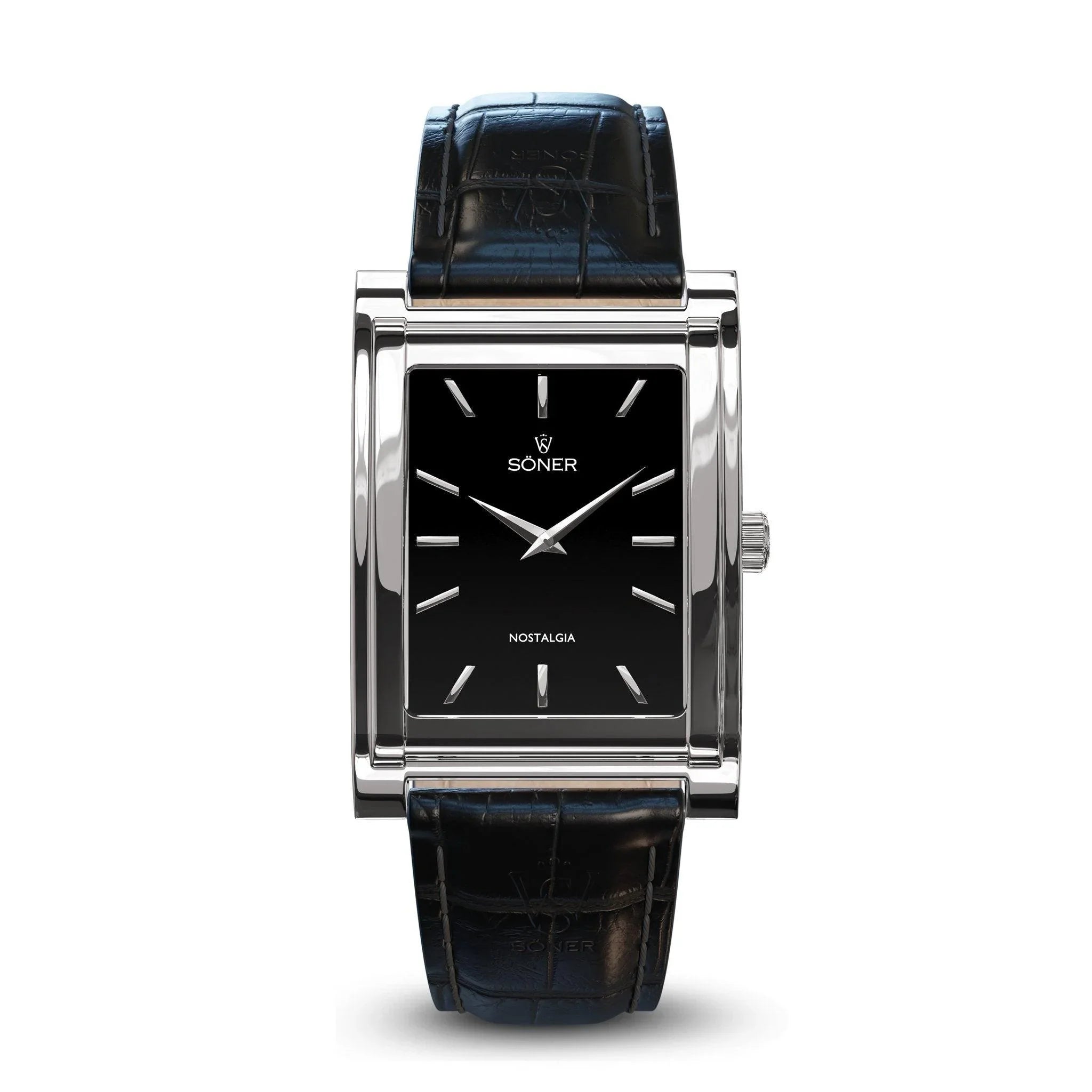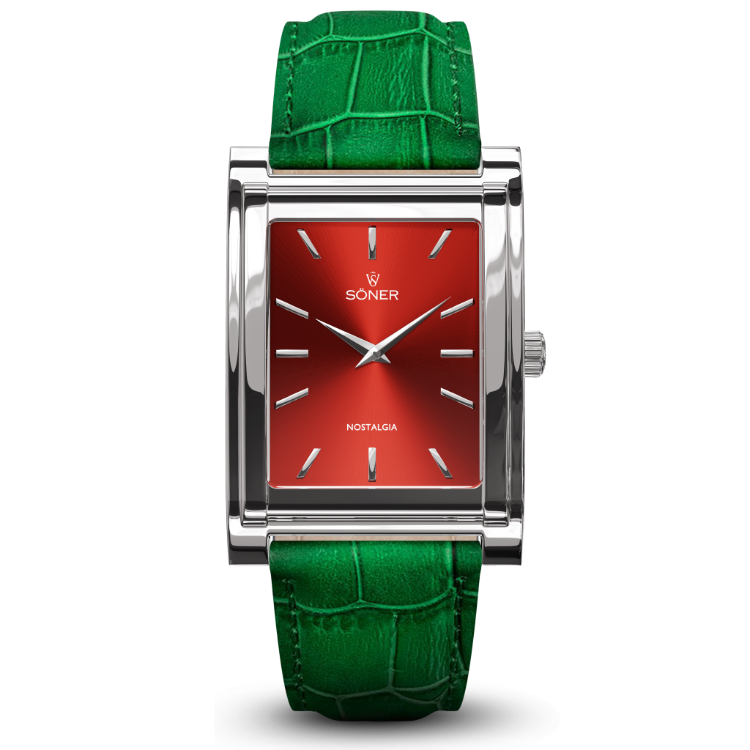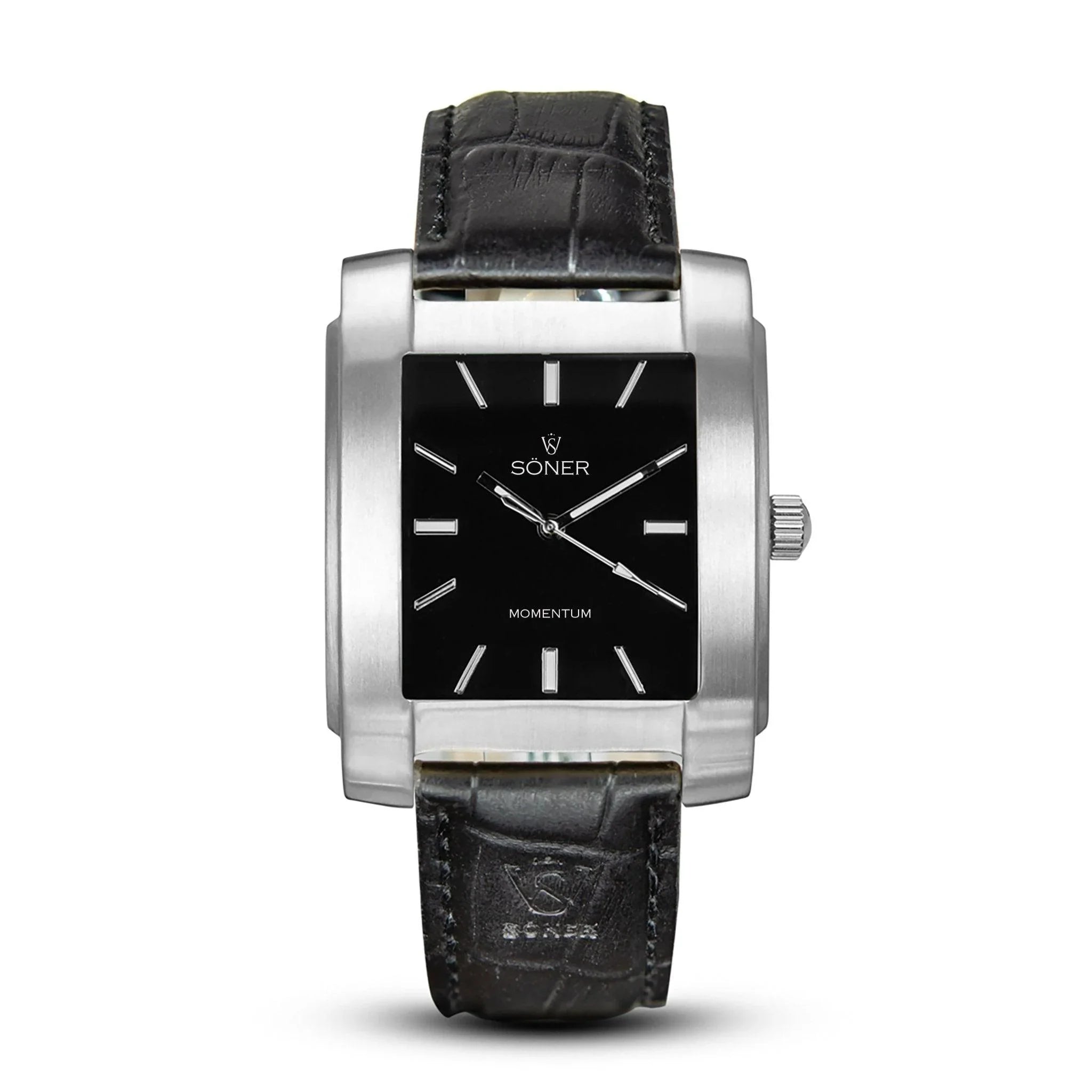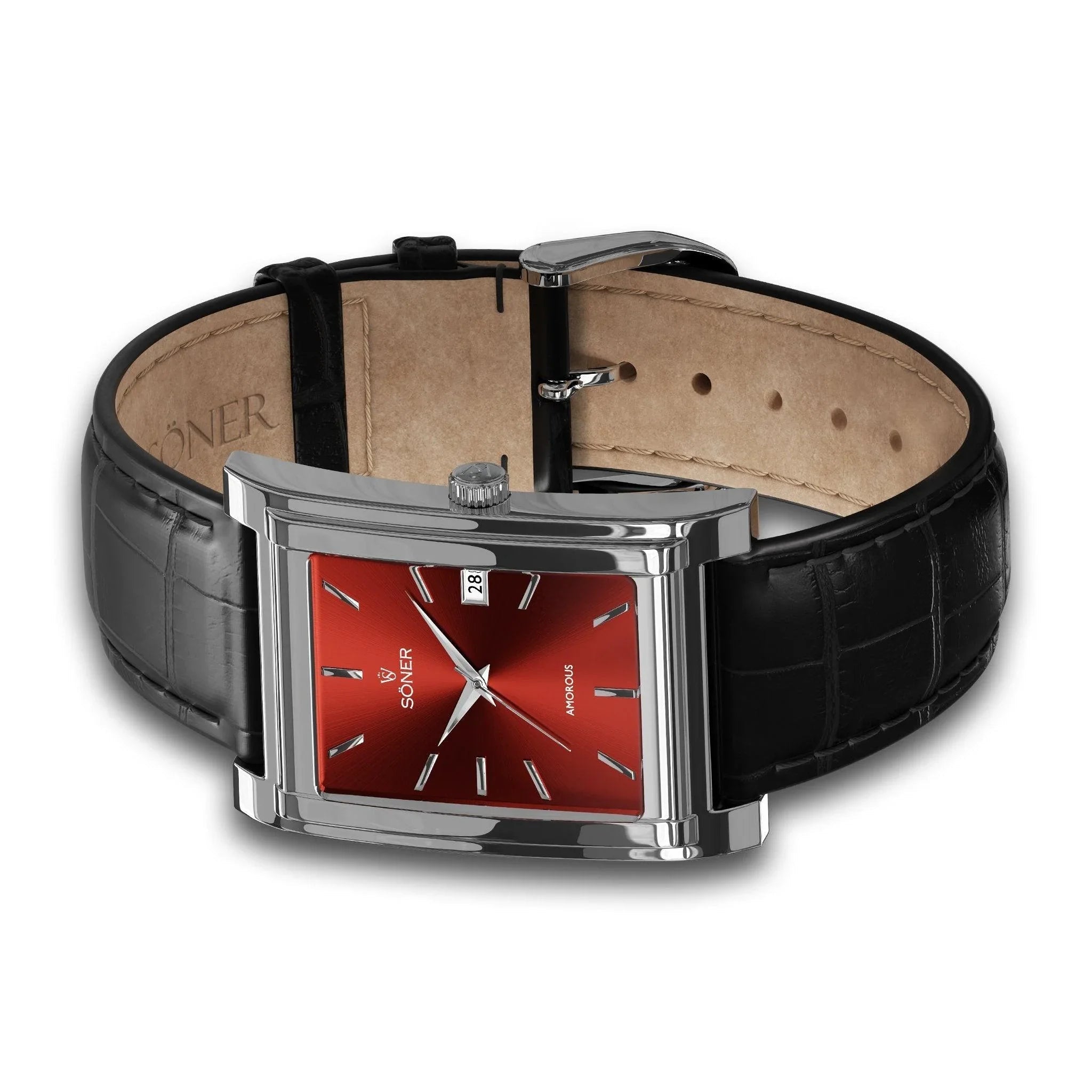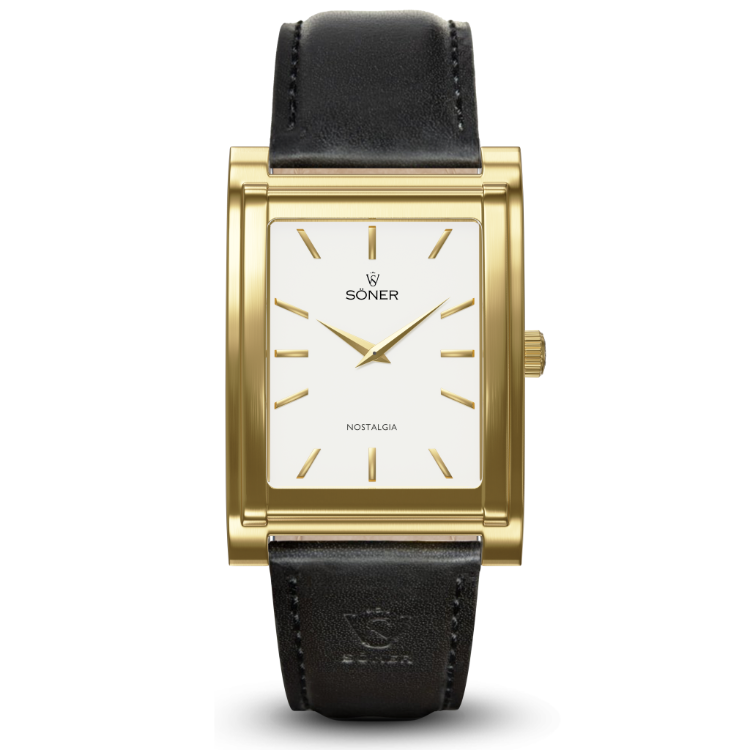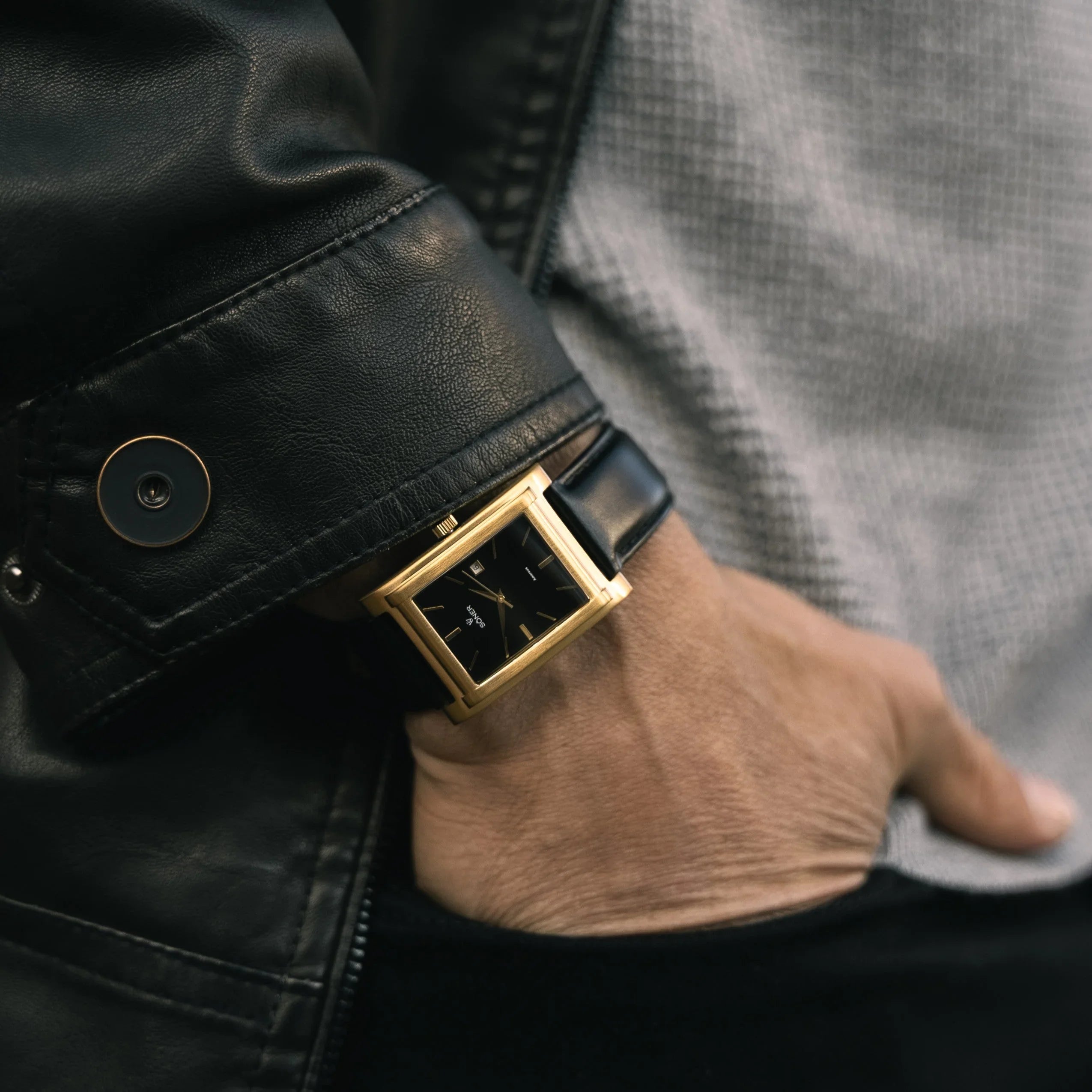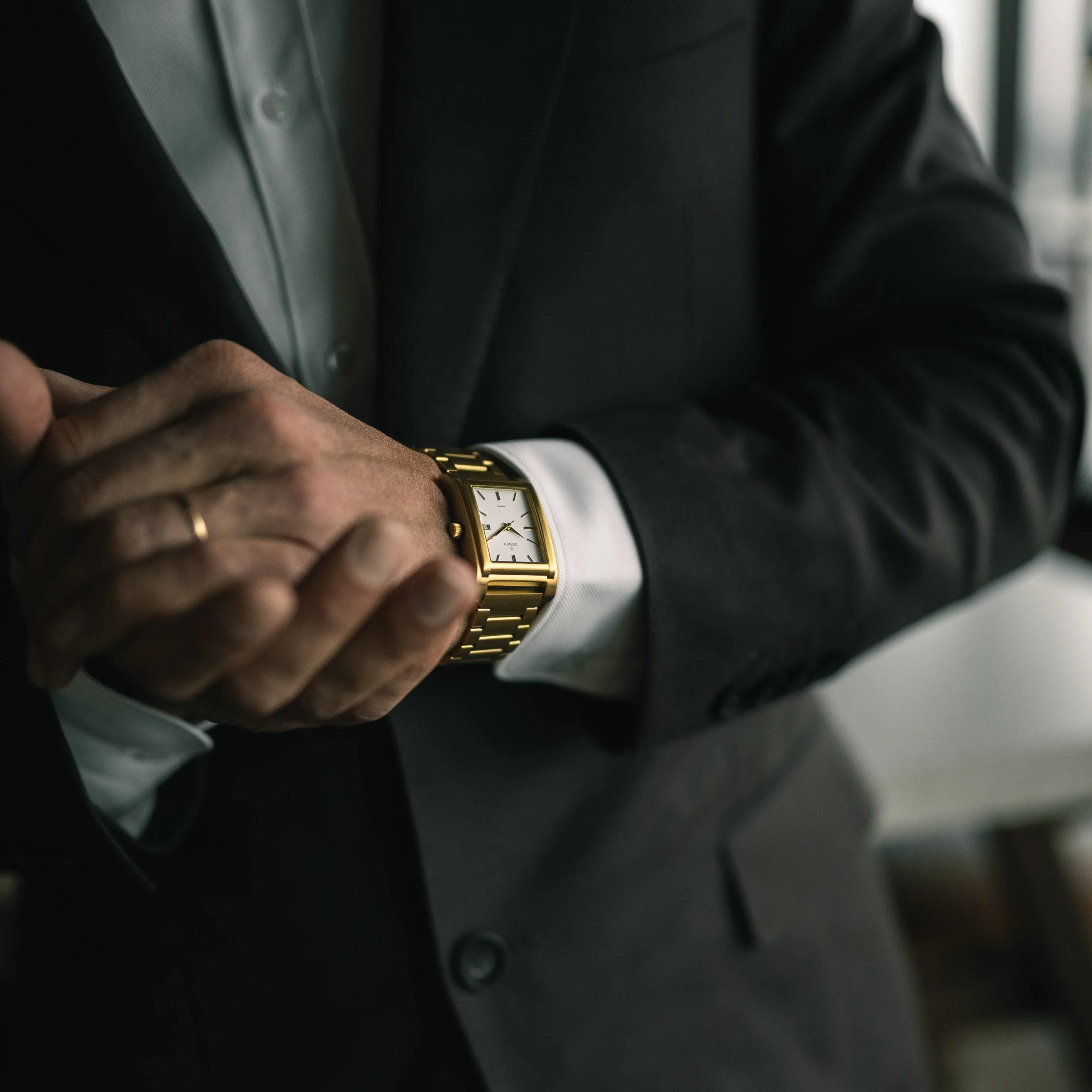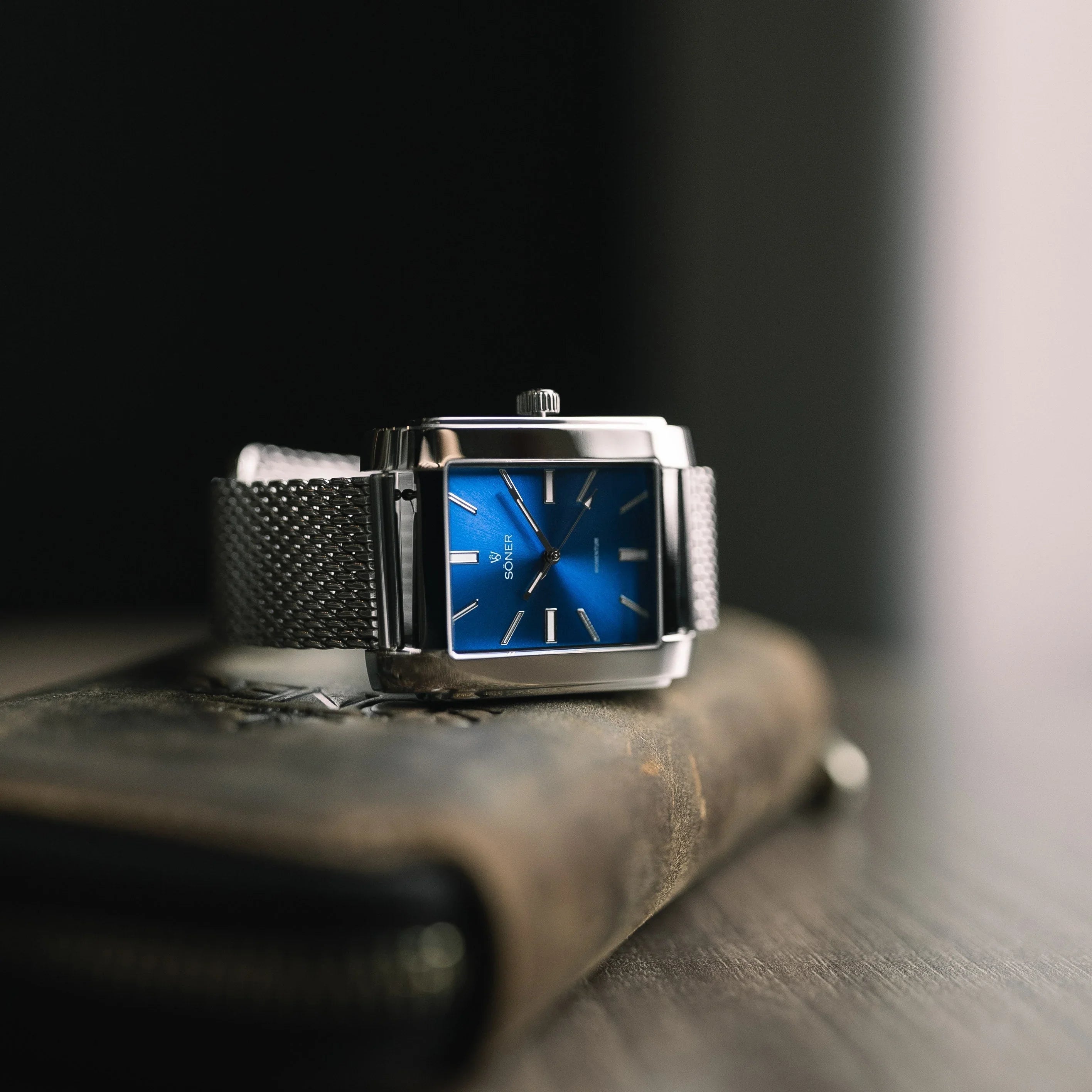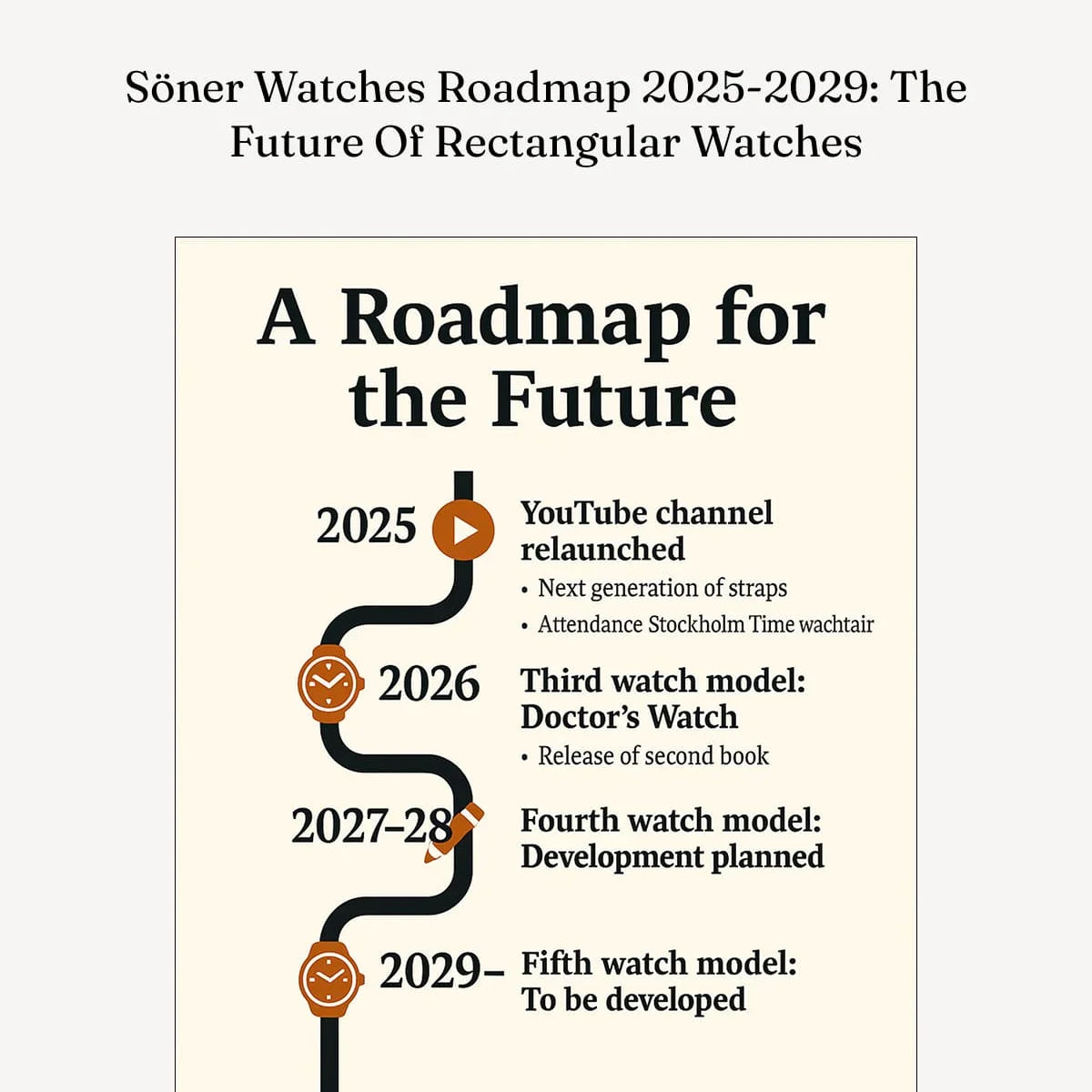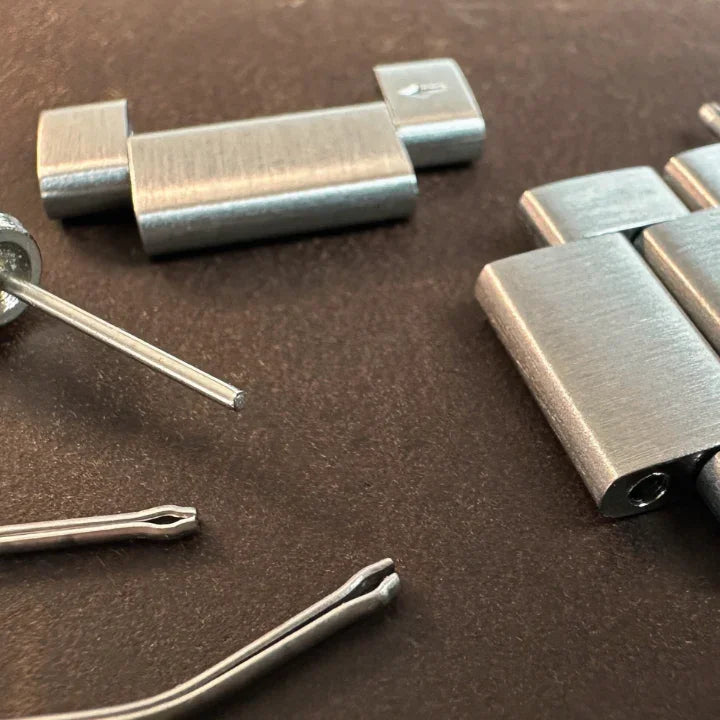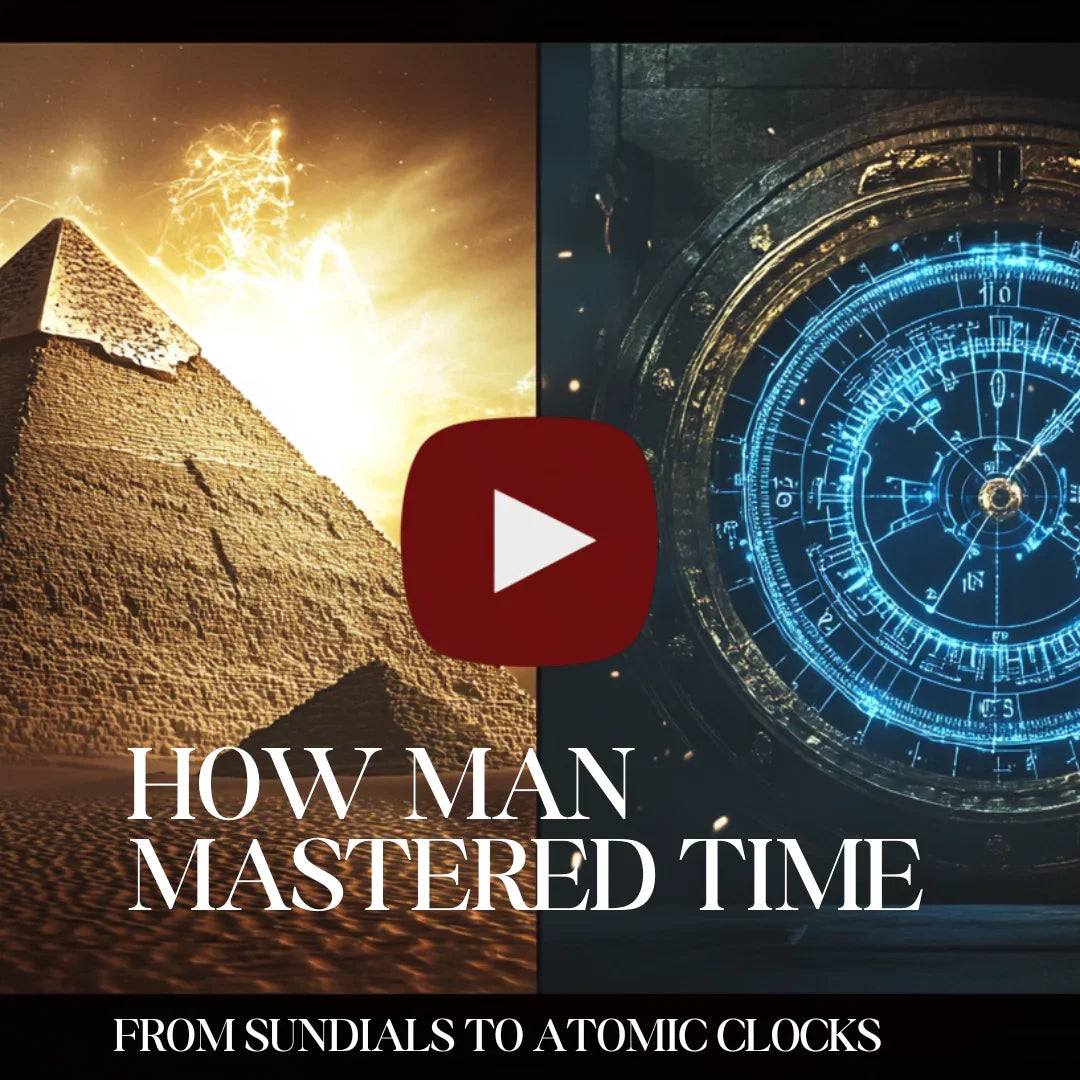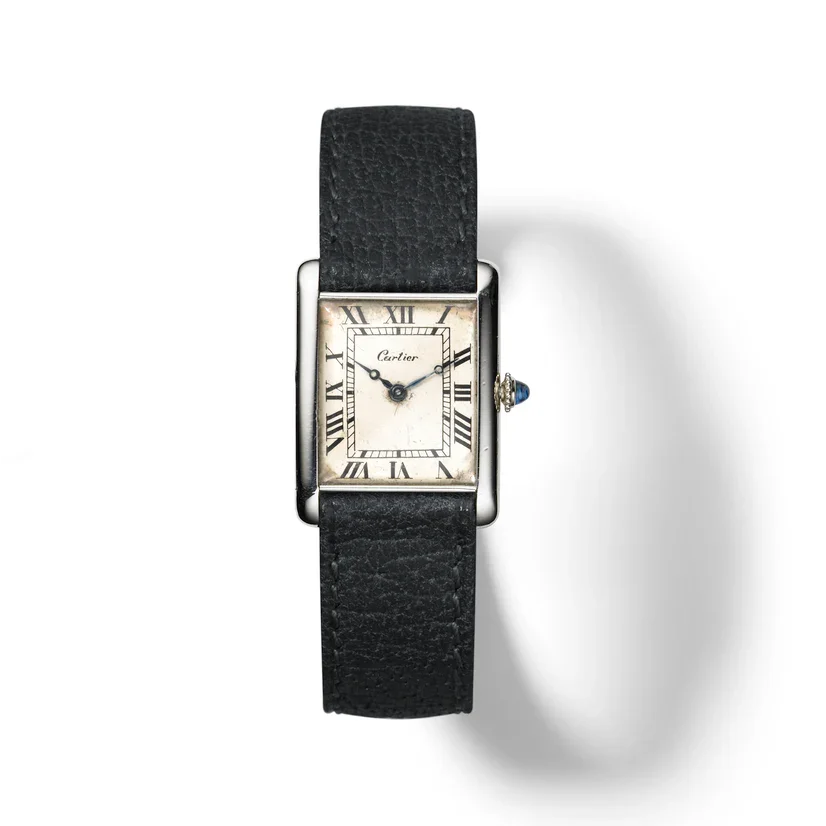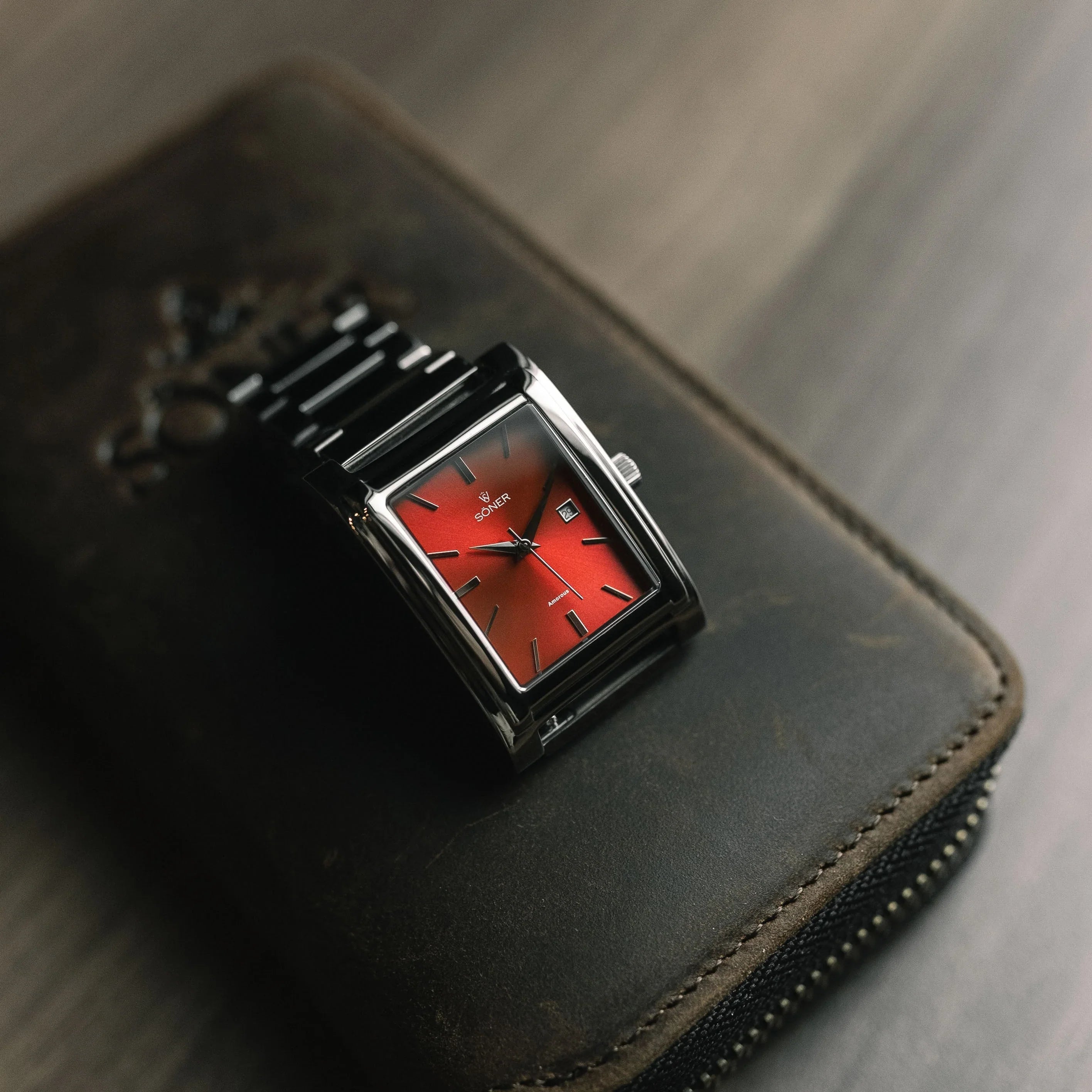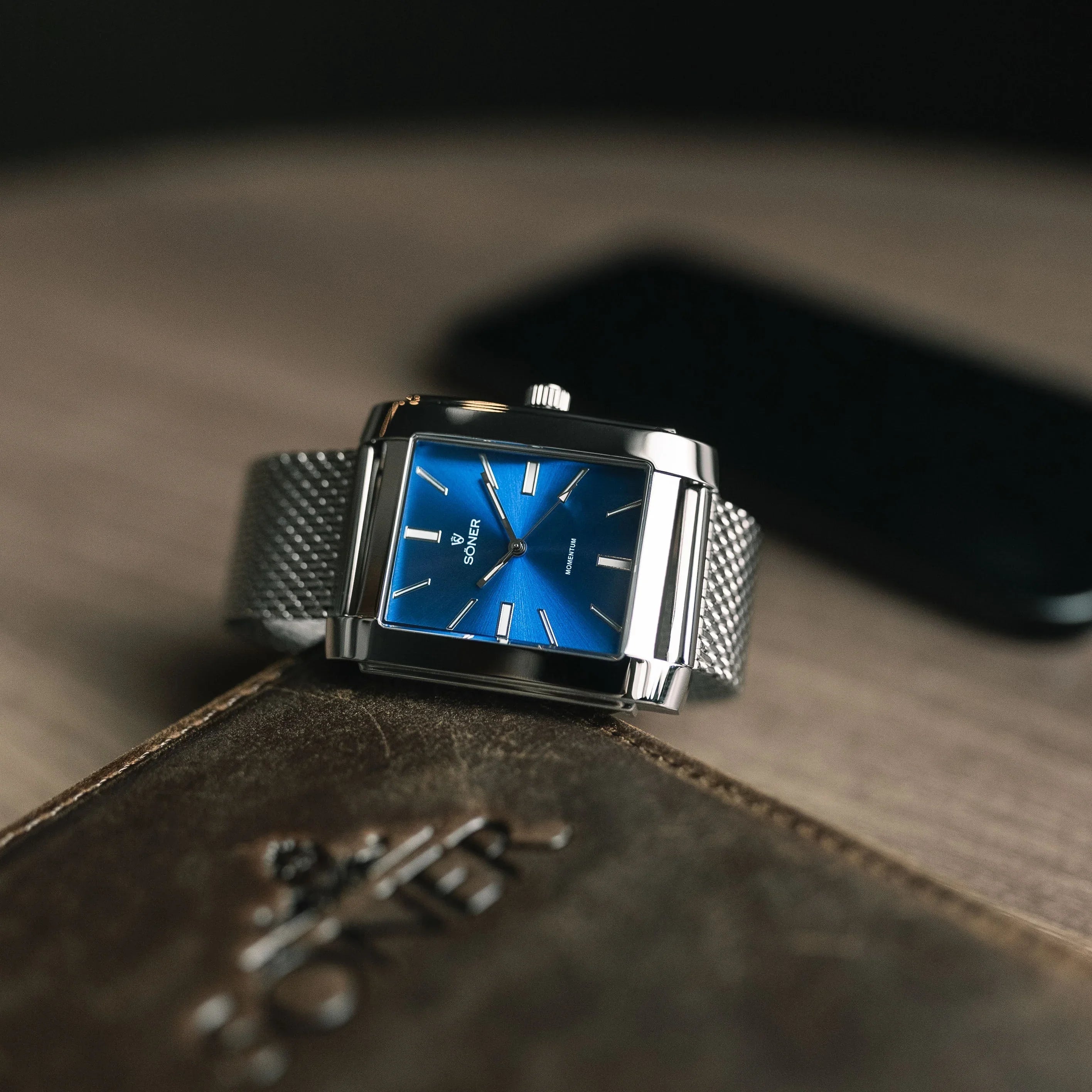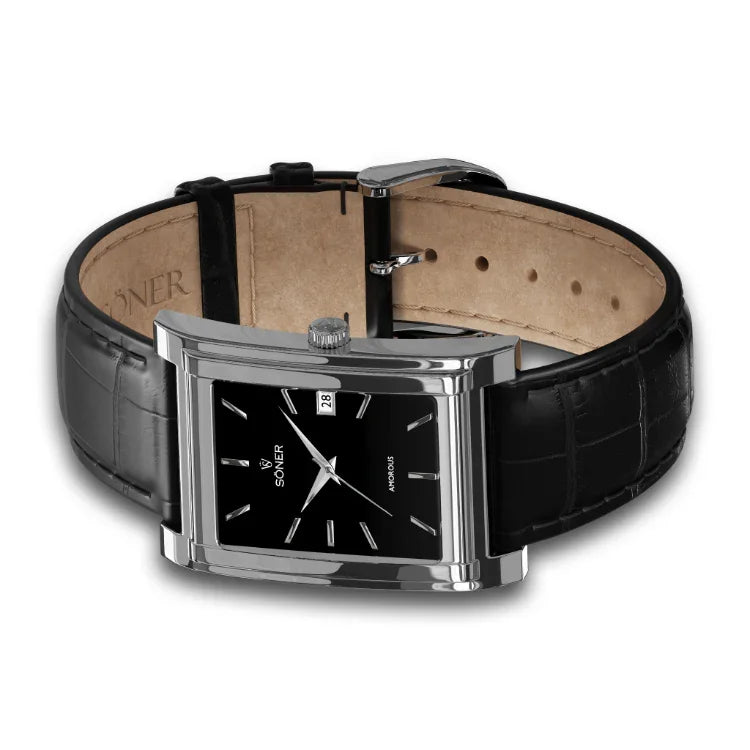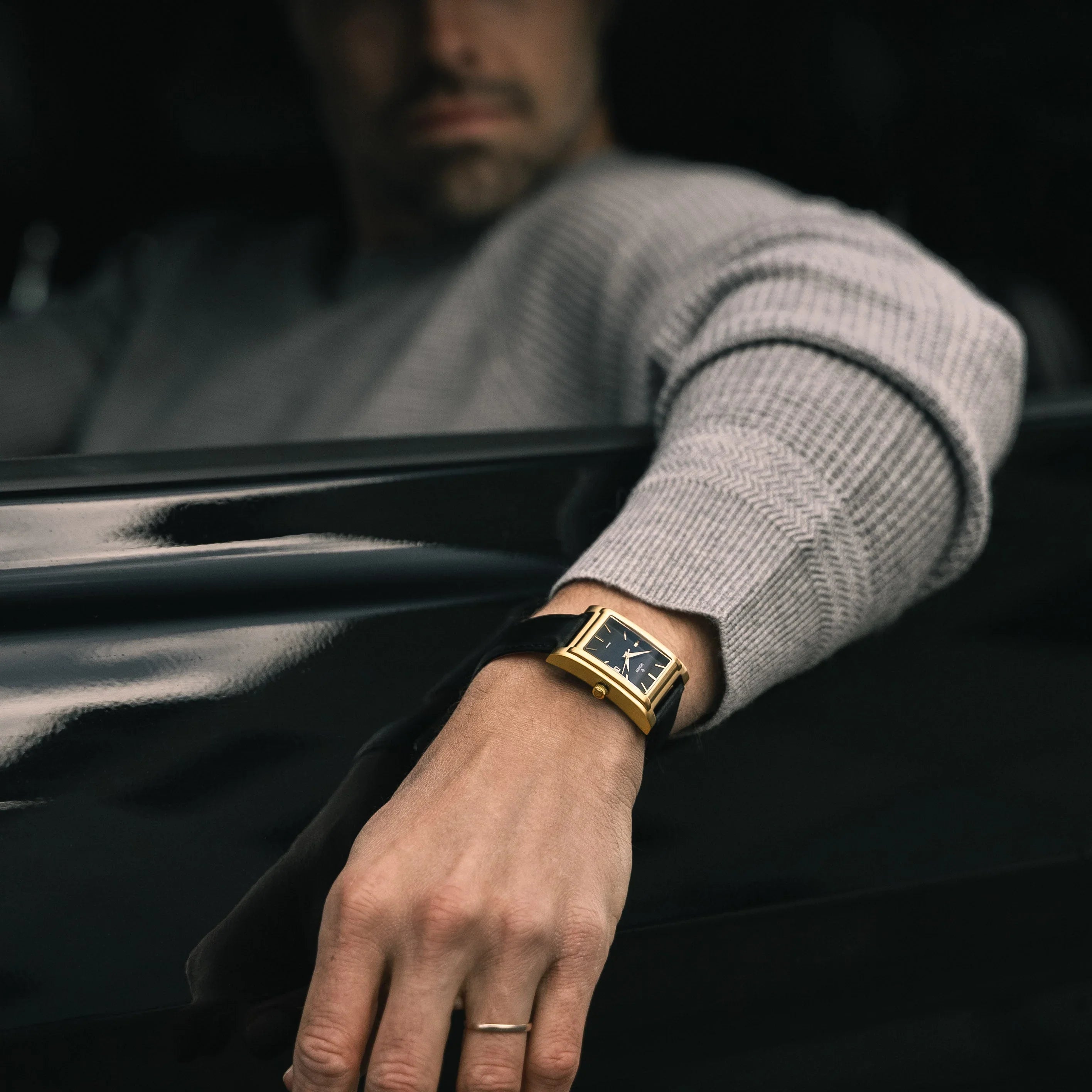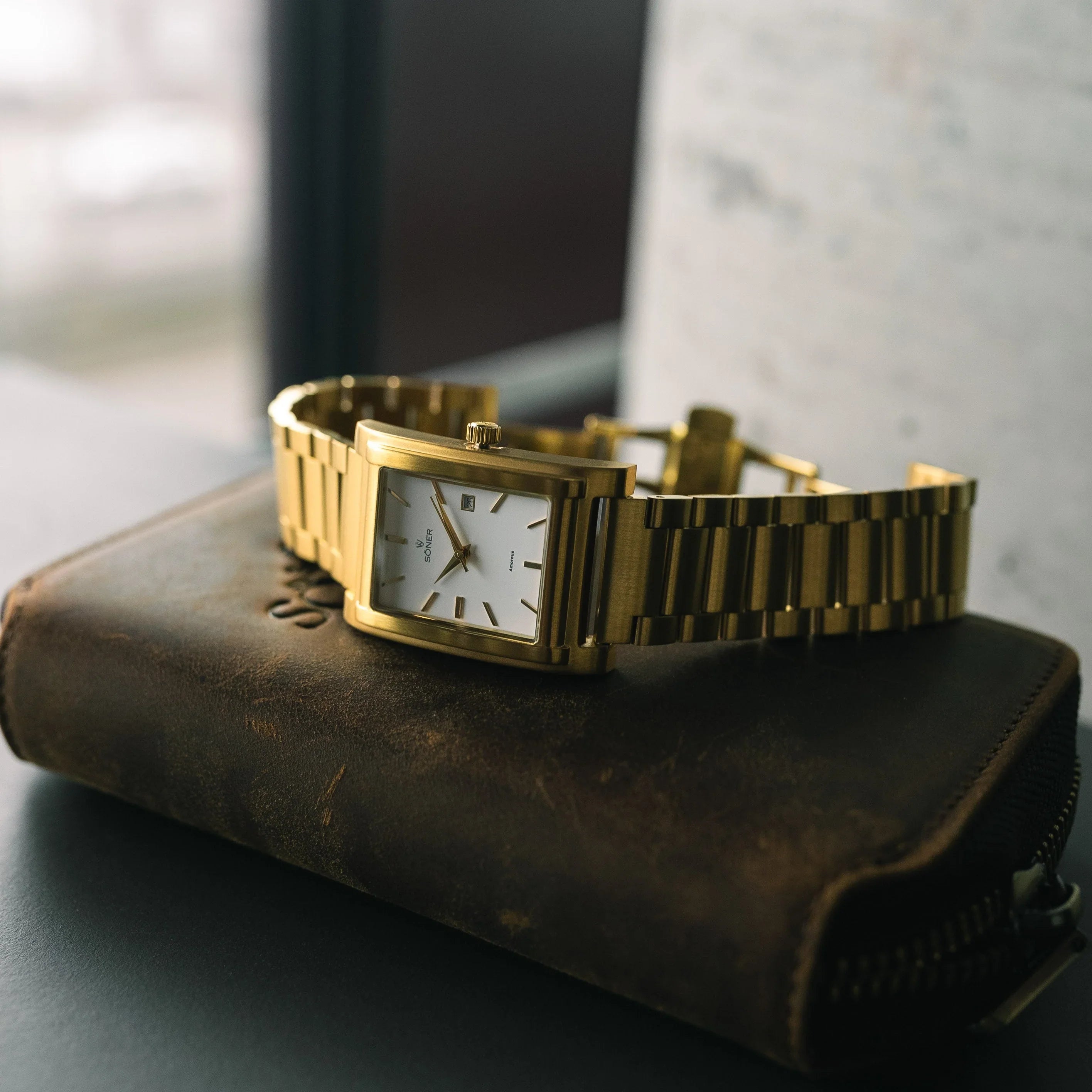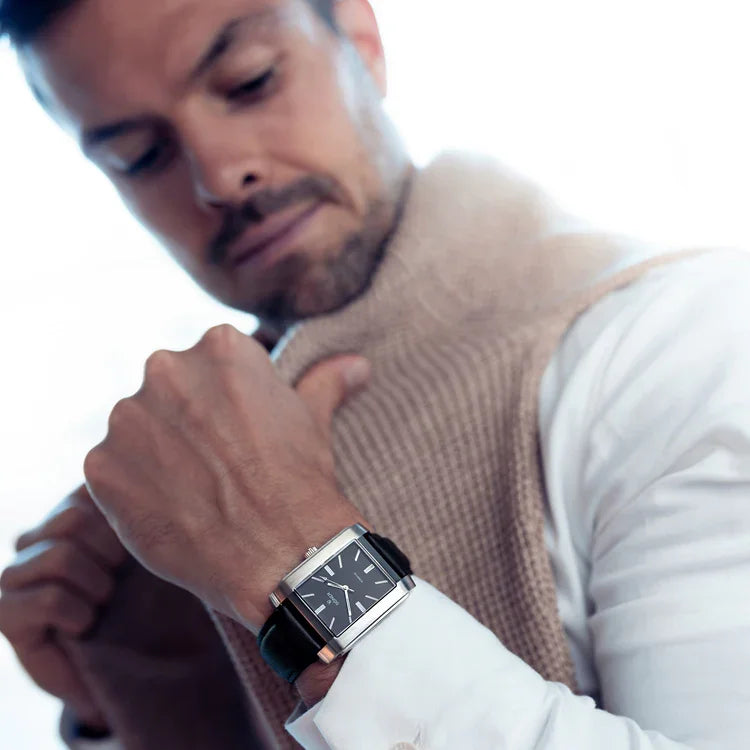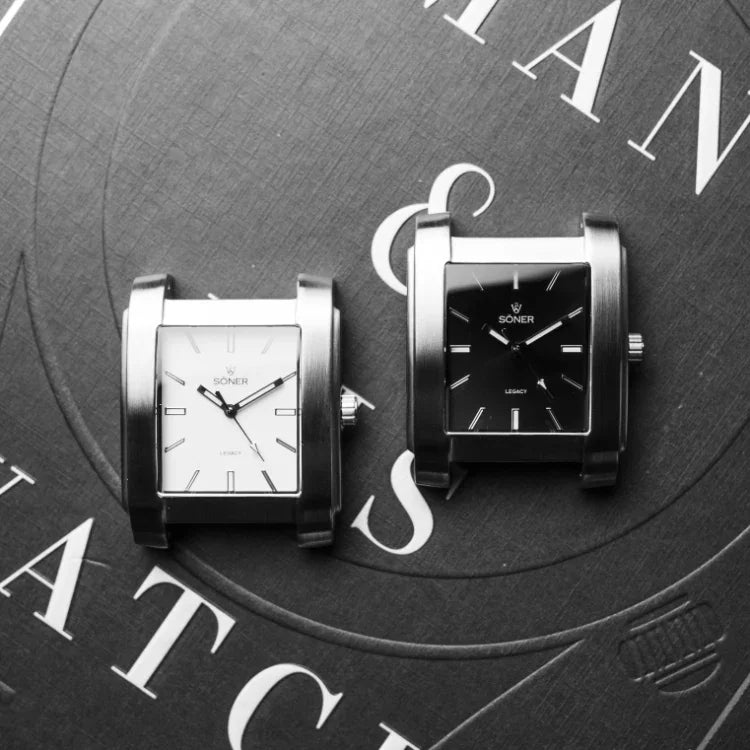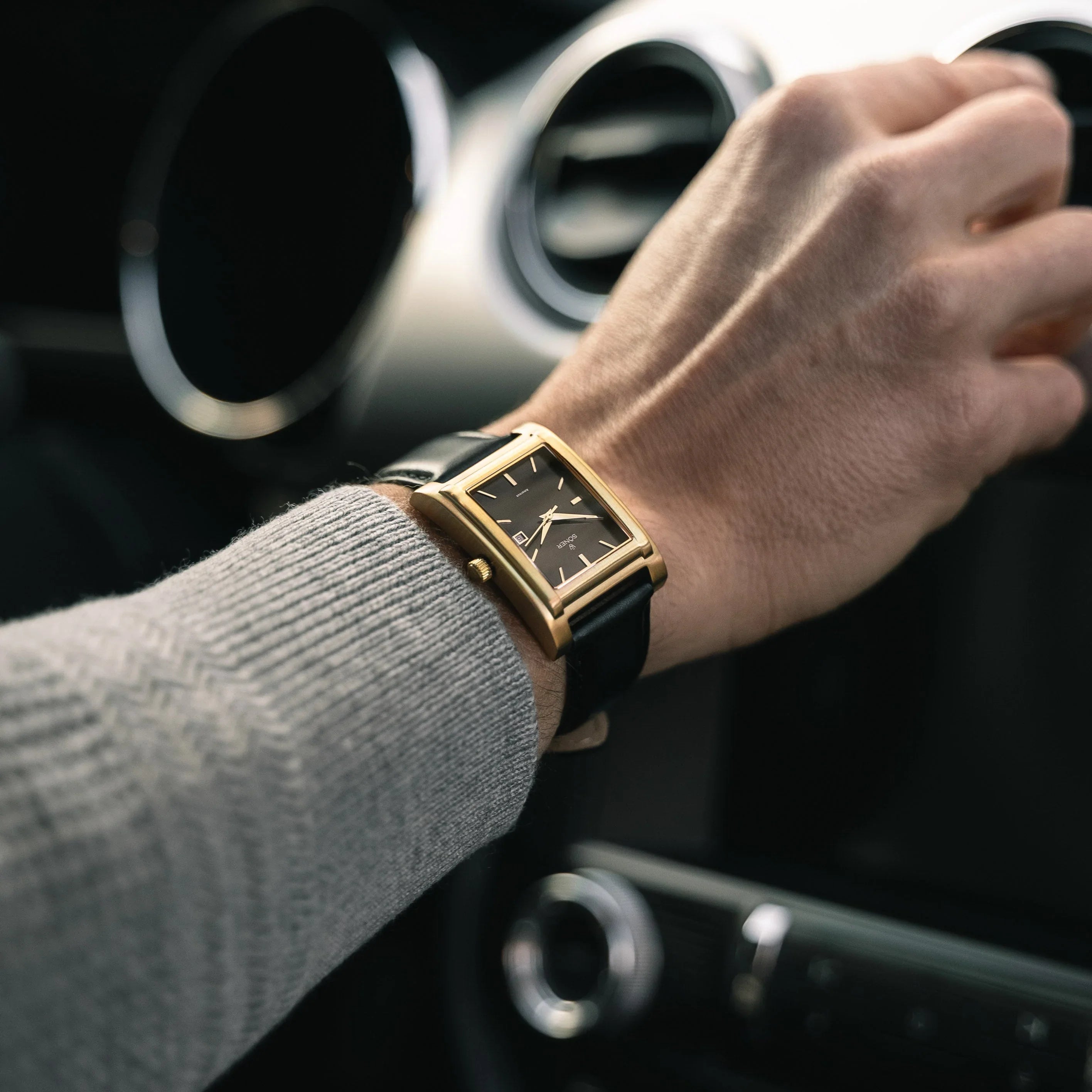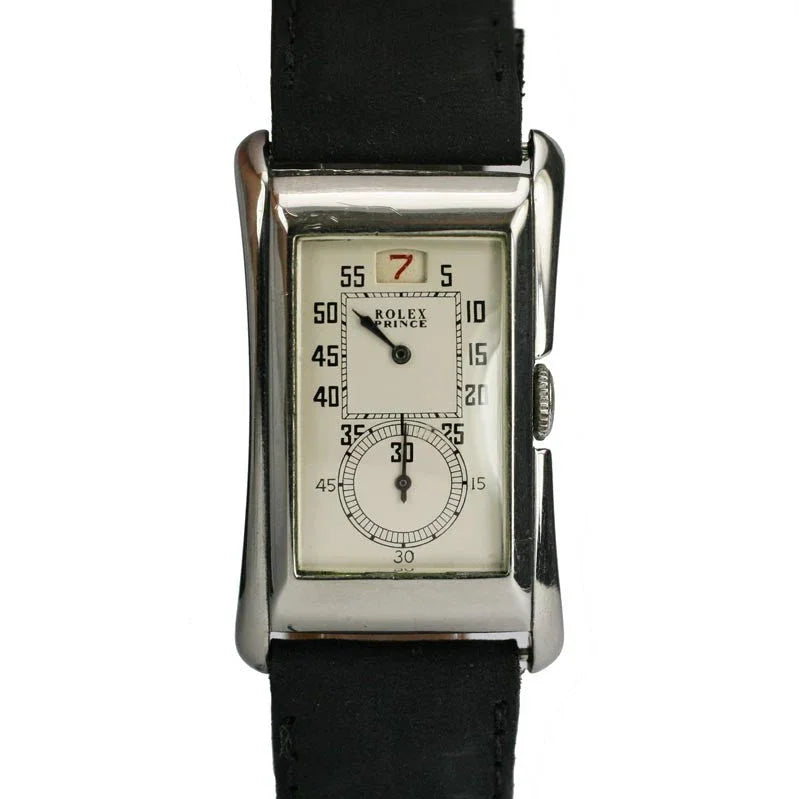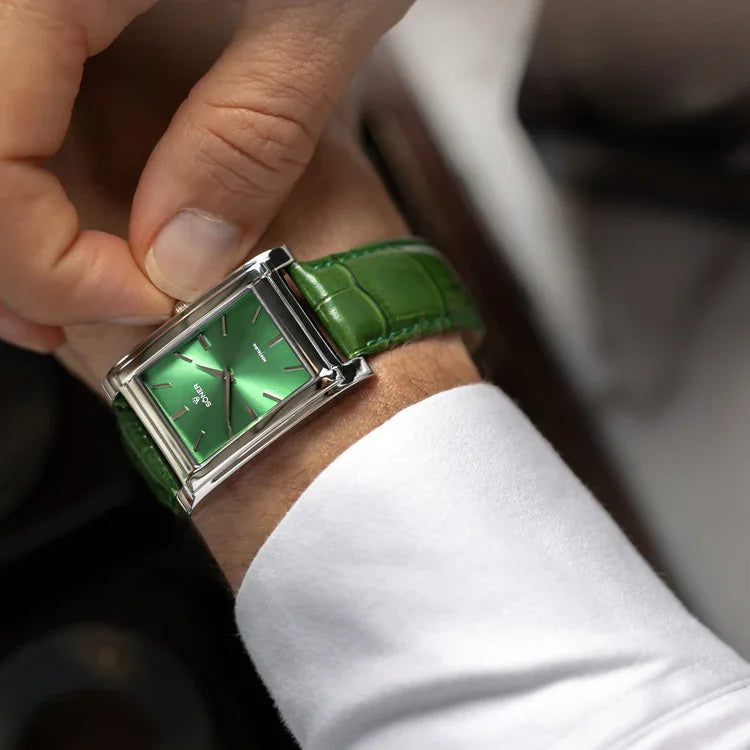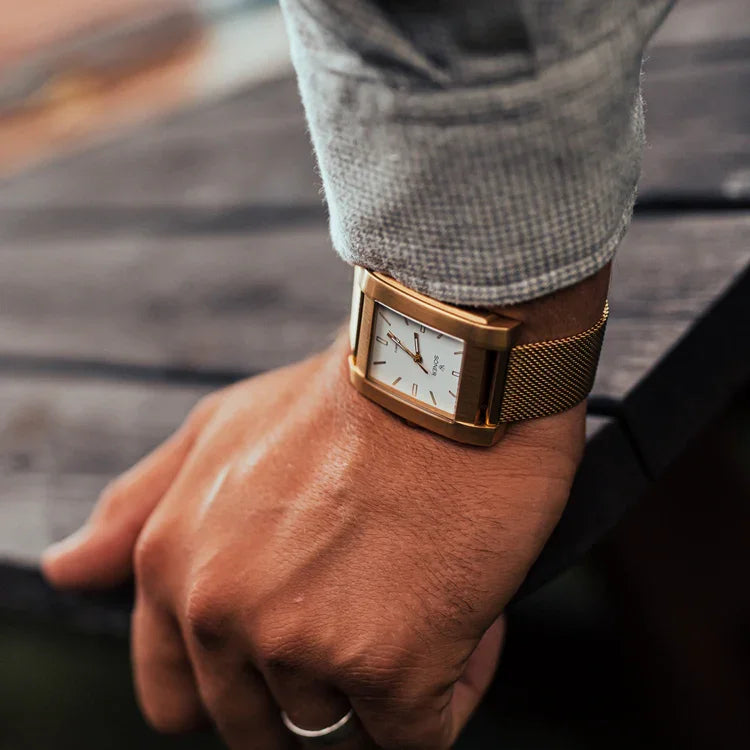Table of Contents
Chapter One part 1:
The Origins of Timekeeping
Since the beginning of civilization, humans have been intrigued by time. From the daily cycles of day and night to the changing seasons, our ancestors sought different methods of measuring time.
The history of timekeeping dates back to ancient civilizations such as the Sumerians, Egyptians, and Babylonians. These early humanities used simple methods of tracking the movements of the sun, moon, and stars, to break the day into smaller segments.
One of the most significant developments in timekeeping came with the invention of the sundial, which serves as one of the oldest methods of timekeeping known to humanity. Originating in Ancient Egypt around 1500 BCE, these early timepieces consisted of a simple vertical rod, known as a gnomon, that cast a shadow onto a marked surface. By observing the position of the shadow, people could determine the time of day.
The use of sundials spread throughout ancient civilizations, including the Greeks and the Romans, who further refined their design and application. Greek mathematicians and astronomers, such as Anaximander and Aristarchus, contributed to the development of more accurate sundials by studying the movement of the sun and its relation to the Earth's axis. Sundials became common fixtures in public squares, temples, and private residences throughout the Roman Empire, highlighting their importance in daily life.
Sundials continued to be used during the Middle Ages in Europe, albeit less prominently. Nonetheless, they remained integral to various aspects of life, particularly in agricultural and religious contexts.
Sundials were crafted from a range of materials, like stone, metal, wood, and even paper, and come in various shapes and forms, including horizontal, vertical, and equatorial designs, each optimized for different latitudes and purposes.
As civilizations advanced, so did the methods of timekeeping. The earliest evidence of water clocks dates back to Ancient Egypt and Mesopotamia around the 16th century BCE. These early clepsydras consisted of a container filled with water that dripped at a constant rate through a small hole. The container's water level, gradually decreasing as it dripped out, measured the passage of time. Clepsydras were used for a variety of purposes, including marking the hours of the day and night, regulating the length of speeches in legal proceedings, and determining the time for religious rituals.
The ancient Greeks further developed the clepsydra, improving its design and accuracy. Greek philosopher and mathematician Plato is said to have invented a sophisticated water clock called the "clepsydra of Plato," which featured an intricate system of interconnected vessels that controlled the flow of water. This allowed for more precise timekeeping, enabling the Greeks to measure intervals as short as minutes or even seconds.





